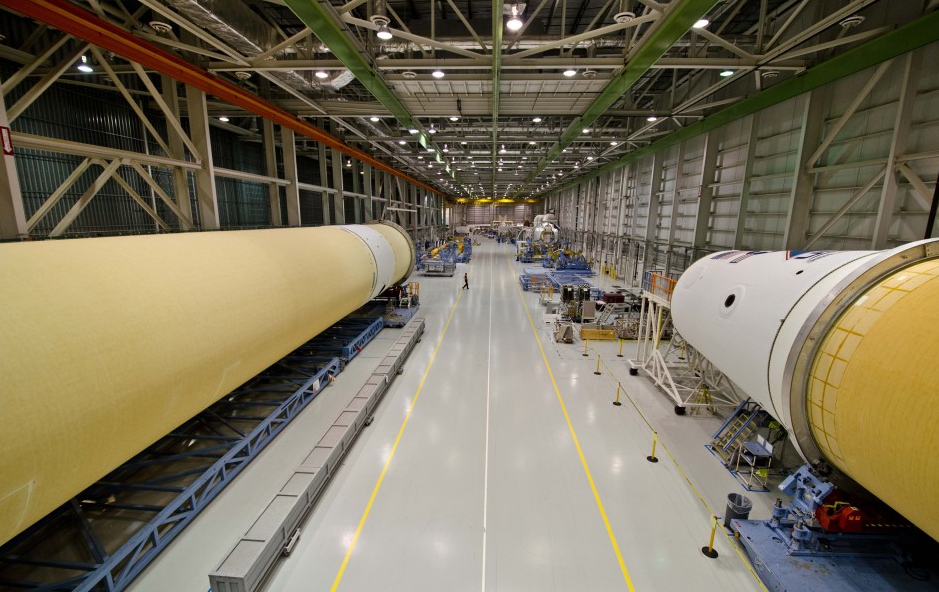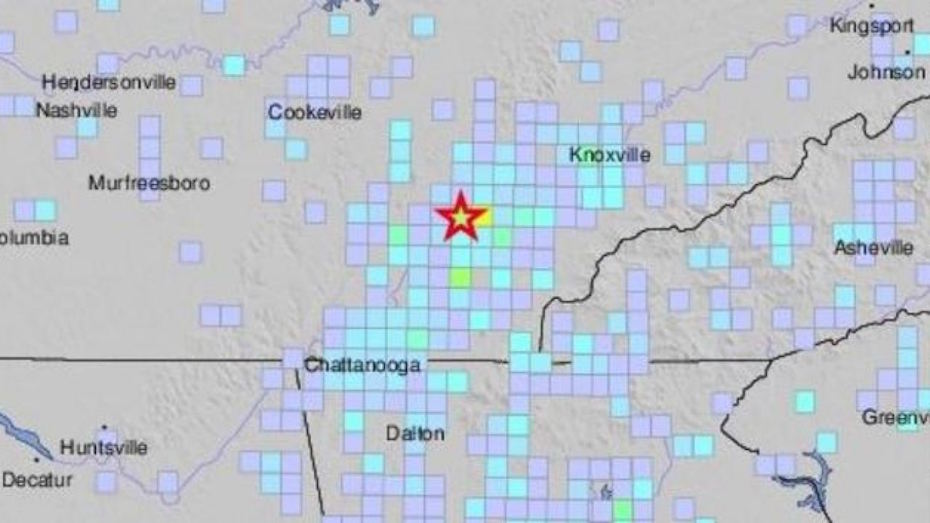DECATUR, Alabama - Inside the United Launch Alliance Alabama factory, rocket science powers to life as workers assemble the giant Atlas and Delta launch vehicles that thrust critical satellites aloft and blast probes into deep space.
The sprawling, one-of-a-kind plant tucked away on an industrial road in this Morgan County city plays an important role in today’s high-tech world: The ULA rockets made here help create the constellation of satellites overhead that shape life in the 21st Century.

Alabama-made Atlas and Delta launch vehicles have carried weather, GPS, communications, surveillance, and research satellites on missions designed to strengthen national security or simply improve life on Earth. On Wednesday, an Atlas V blasted off from Cape Canaveral carrying a highly sophisticated GPS satellite.
ULA rockets also have carried payloads on interplanetary exploratory missions that have expanded man’s understanding of the universe. The Curiosity Rover, for example, departed for Mars atop an Atlas V for its investigation of whether the Red Planet once could have supported microbial life.
Organizations including NASA, the Defense Department, and the National Reconnaissance Office (NRO) depend on these made-in-Alabama rockets to carry out their work. The satellites carried by ULA rockets can cost between $200 million and $1 billion.
“As the nation’s rocket company, United Launch Alliance is proud to have a major presence in Decatur, Alabama,” said Craig Langford, ULA’s vice president of production operations. “Our choice of Decatur for our production facilities has helped ULA meet and exceed our commitments to our customers, including NASA and the Department of Defense.
“Decatur also is an ideal location logistically, with great access to waterways that provide us the ability to deliver our rockets via the Mariner to Cape Canaveral in Florida and Vandenberg Air Force Base in California.”
Langford said ULA is committed to giving back to the greater Decatur community, supporting many non-profits, schools and economic development efforts in Morgan County. In particular, ULA is dedicated to support science, technology, engineering and math (STEM) education programs, which he is “inspiring the next generation of rocket scientists and engineers.”
The Decatur ULA factory is a landmark in Alabama’s aerospace industry and fits in squarely with the state’s heritage in rockets and missiles. The nation’s first ballistic missile came from work performed at Huntsville’s Redstone Arsenal, which remains a center of testing and development for Army missile programs.
NASA’s Marshall Space Flight Center, located at the Arsenal, developed the Saturn launch vehicles that took man to the moon and the propulsion system that powered the Space Shuttle. Marshall today is developing the Space Launch System, the next-generation rocket that could one day carry man on a mission to Mars.
“The United Launch Alliance plant in Decatur is prime example of Alabama’s deep and varied expertise in aerospace,” Alabama Commerce Secretary Greg Canfield said. “Alabama workers helped put a man on the moon in the 1960s with the Saturn program, and the Atlas and Delta rockets made in Alabama today send satellites aloft on critical missions.”
IN THE ROCKET FACTORY
The 1.6 million-square-foot ULA rocket factory stands like a giant white box on a flat Decatur landscape. Around 1,000 employees work at the 35-acre facility that opened in March 1999 as a Boeing Co. Delta rocket production center. Boeing and Lockheed Martin joined forces in 2006 to form ULA, a move that ultimately shifted Atlas V production and additional work to Decatur.
Inside the facility, the production floor is spotless. The temperature is controlled at 72 degrees year-round as a quality-assurance measure. The overhead lights stay on 24 hours a day, while workers pedal bikes or ride motorized carts past huge aluminum rings, curved panels and partially assembled rockets in the cavernous factory.
Production is choreographed and efficient. Parts – steel rolls, aluminum sheets and rings, components from a ULA production facility in Texas, and much more – arrive at one end of the facility. Months later, the finished product rolls out of the other end of the Alabama plant on heavy-duty KAMAG transports, ready for a journey to the launch pad.
As rocket components take shape in the factory, precision production and testing processes are carried out to exacting standards. Solid rings of aluminum are machined to become critical parts. Big aluminum sheets, some weighing 9,000 pounds, are milled with a grid pattern, curved in massive presses, then welded together to form large rocket sections.
The inspection and testing phases, sometimes carried out with black lights and in X-ray booths, are necessarily meticulous, ensuring that no flaws that could cause a problem in flight remain.
Today, the Alabama plant produces around a half-dozen Delta II and IV rockets a year, along with 10 to 12 Atlas V launch vehicles. (The plant is now assembling its last scheduled Delta II, which is being phased out of production.)
Atlas V and Delta IV rockets blast satellites weighing more than three tons into orbit. The largest Delta configuration, the Delta IV Heavy, is so powerful that it can lift a satellite the size of a semi-truck weighing nearly 15 tons.
Versions of the Atlas V rocket can stand 205 feet tall, rising almost 19 stories. The Delta IV Heavy is even bigger, more than 230 feet tall and more than 50 feet wide, including its two strap-on boosters.
Once the rocket components leave the factory, they are transported to launch pads at Cape Canaveral Air Force Station in Florida or Vandenberg Air Force Base in California. The Delta IV Heavy is so massive that it leaves Decatur on the Tennessee River on a 312-foot ship called the Delta Mariner built especially to carry the rocket to the Gulf of Mexico and on to the Florida or California launch pads.
READY FOR LAUNCH
ULA’s Alabama-made rockets have been involved in a rapid-fire series of high-priority launches this year, including Wednesday’s GPS IIF-8 mission, the fourth GPS launch this year for the Air Force.
In July, a Delta II rocket lifted off with the Orbiting Carbon Observatory-2 (OCO-2), NASA’s first dedicated Earth remote sensing satellite studying atmospheric carbon dioxide., with the most recent the OCO-2 mission to study atmospheric carbon dioxide.
On May 22, an Atlas V blasted off from Space Launch Complex-41 at Cape Canaveral Air Force Station in Florida, carrying a clandestine surveillance satellite for the NRO.
The NROL-33 mission came just six days after a Delta IV thundered into space with anadvanced GPS satellite for the U.S. Air Force that also will benefit ordinary civilians. The IIF-6 satellite joins a network of next-generation GPS satellites in a system that improves accuracy and performance for GPS users.
The May launches followed the April 16 launch of another Atlas V carrying a secret intelligence-gathering satellite (NROL-67) for the National Reconnaissance Office. Earlier in April, an Atlas V rocket lifted off with an Air Force Defense Meteorological satellite (DMPS-19).
In total, ULA has 15 launches scheduled for this year, keeping the Alabama rocket plant busy.





